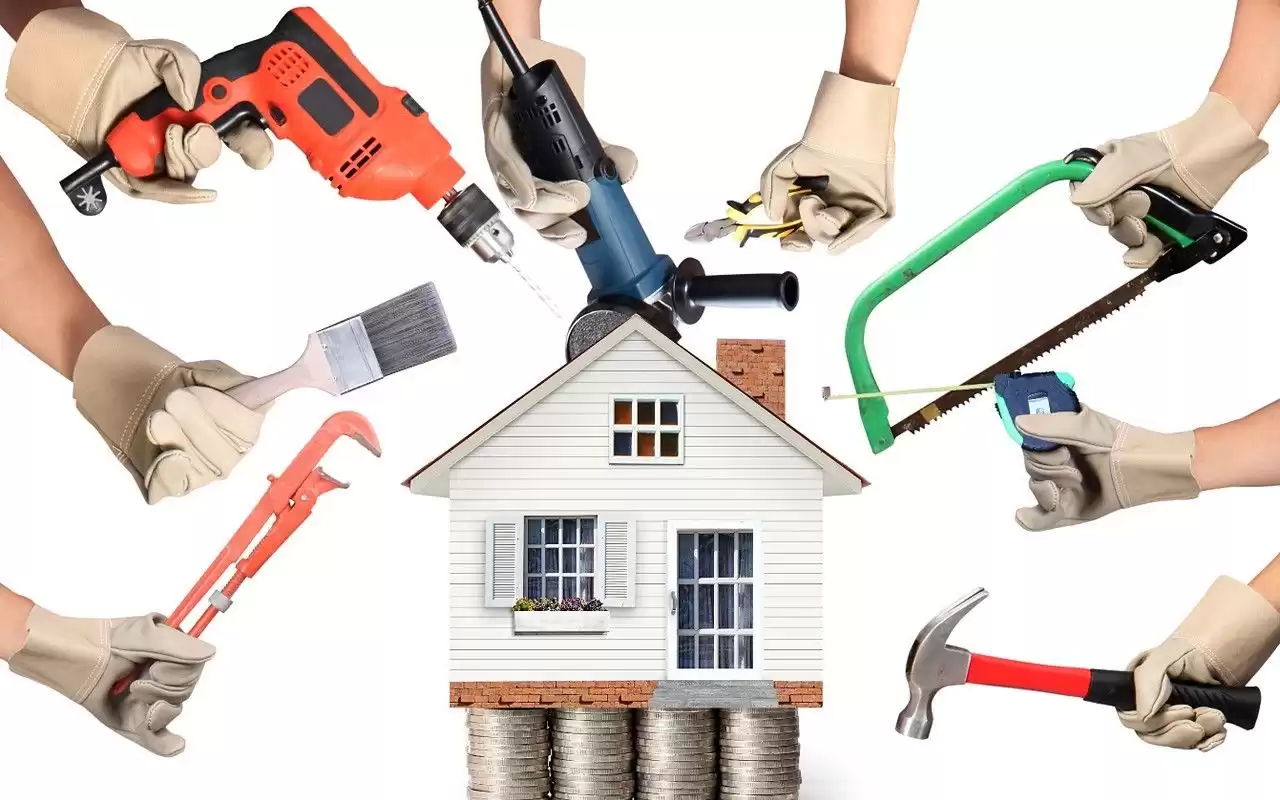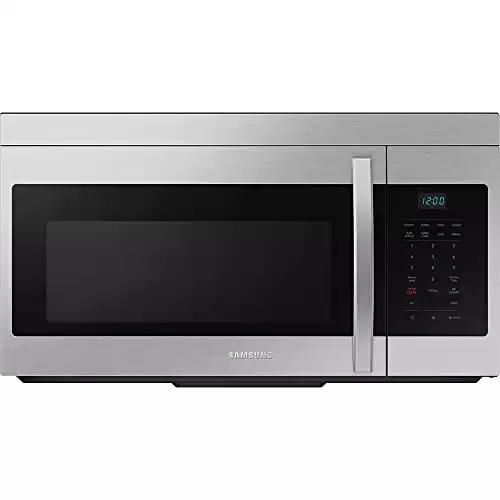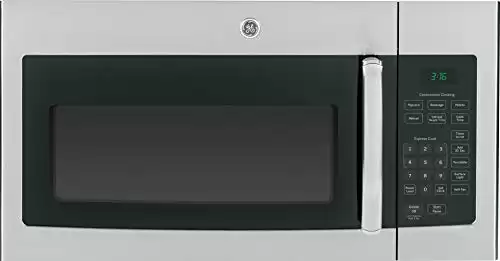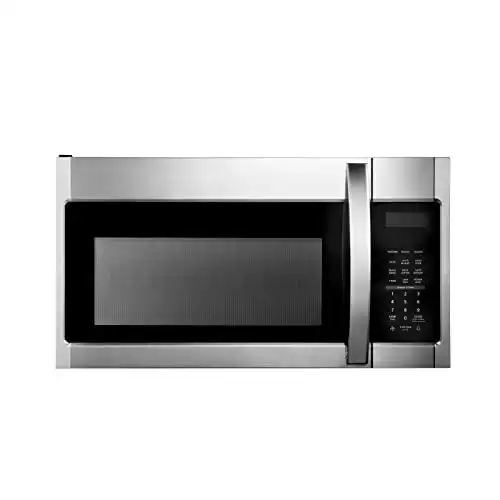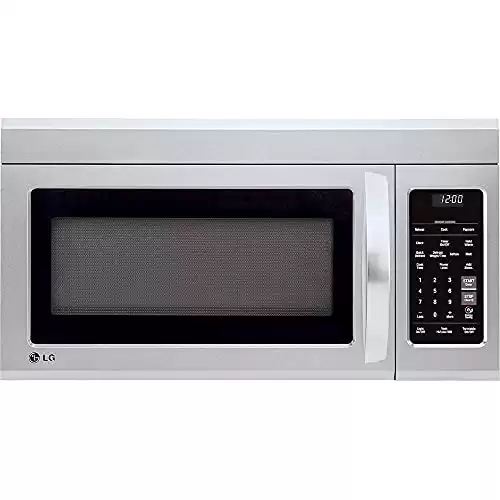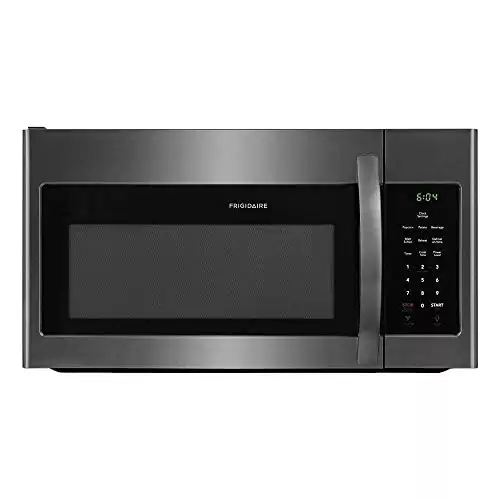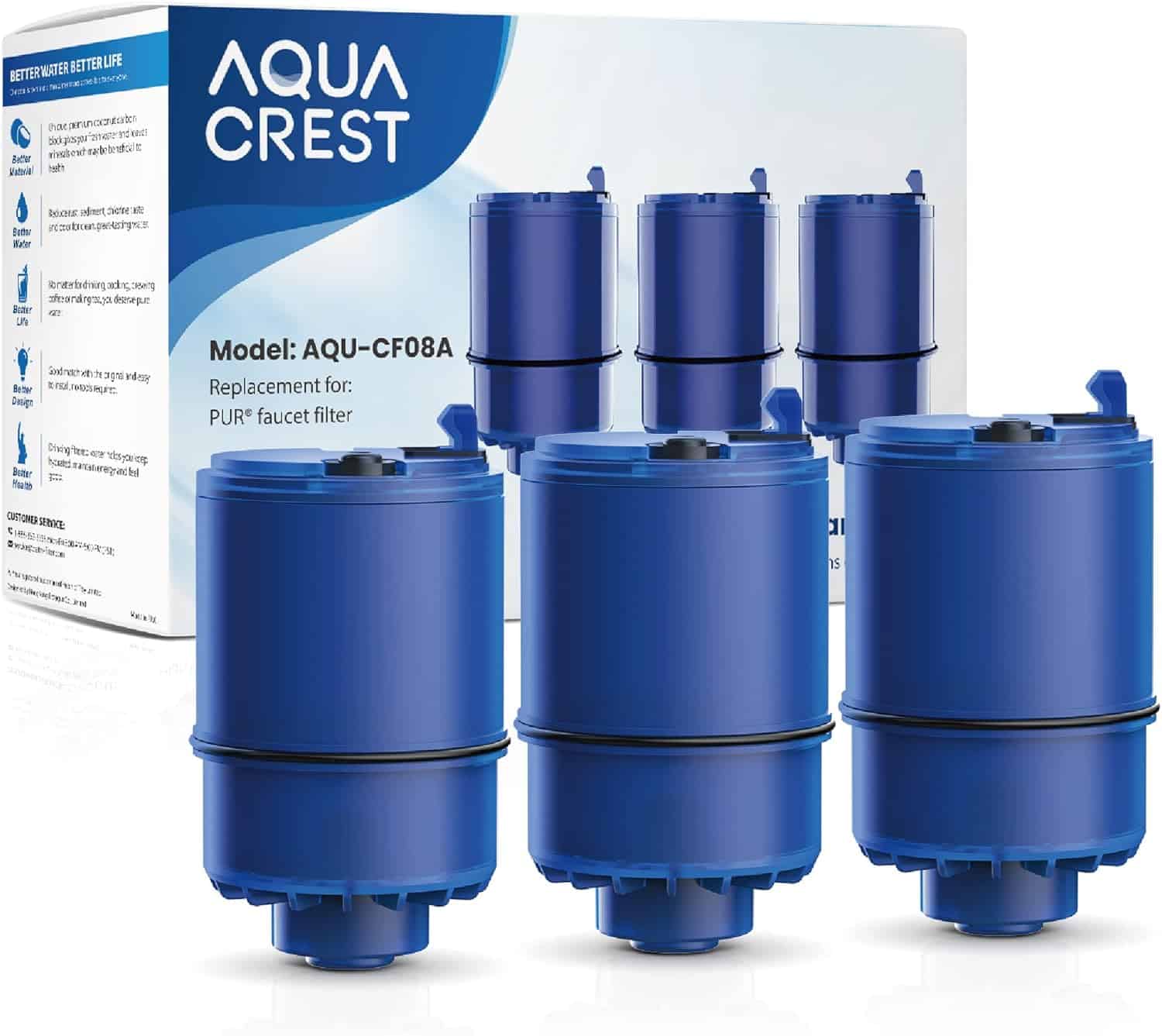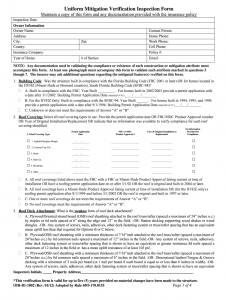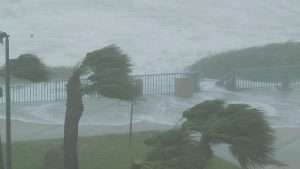Ensuring Safe Kitchen Spaces: Proper Microwave Clearance
As a home inspector, it’s my responsibility to assess the safety and functionality of various homes. Recently, I’ve encountered a recurring issue that demands attention: inadequate clearance between microwaves and ranges in older kitchens. This oversight poses potential risks and compromises the overall safety of these spaces. In this blog, we’ll dive into the significance of microwave clearance requirements and provide essential instructions for a proper installation. Let’s ensure your kitchen remains a haven for culinary adventures!
Understanding Microwave Clearance Requirements: Microwaves generate heat, and their proximity to other heat sources, like ranges, requires careful consideration. Manufacturers provide specific clearance guidelines to prevent safety hazards and maintain optimal performance. Adhering to these requirements safeguards your kitchen and extends your appliances’ lifespan. The aspects of microwave clearance:
- Safety First: Protecting Against Heat Build-Up
- Performance Matters: Avoiding Interference and Damage
- Ensuring Proper Ventilation: Minimizing Heat Accumulation
- Compliance with Manufacturer Recommendations: Following Best Practices
Here are five popular microwaves specifically designed for over-the-range installation:
- GE JVM3160RFSS 30″ Over-the-Range Microwave
- Samsung ME16K3000AS/AA 1.6 cu. ft. Over-the-Range Microwave
- BLACK+DECKER EM044KB19 Over The Range Microwave Oven with One Touch
- LG LMV2031ST 2.0 cu. Ft. Over-the-Range Microwave
- Frigidaire FFMV1846VD 30″ Over the Range Microwave Oven; 1.8 cu. ft. Capacity
Instructions for Proper Microwave Installation:
- Measure and Assess the Proper Microwave Clearance Requirements:
Measure the dimensions of your microwave and range.
Consult the manufacturer’s instructions for specific clearance guidelines.
Ensure there is sufficient space between the microwave and the range to meet the minimum requirements.
- Maintain Proper Microwave Clearance:
Typically, a minimum vertical clearance of 13 inches (33 cm) between the cooktop surface and the bottom of the microwave is recommended.
Verify the horizontal clearance requirements specified by the manufacturer, usually ranging from 2 to 4 inches (5 to 10 cm) on each side.
- Consider Ventilation Needs:
Microwaves often require proper ventilation to dissipate heat.
Ensure that there is ample space around the microwave to allow for proper airflow and prevent overheating.
- Seek Professional Assistance:
If you’re uncertain about the installation process, it’s wise to consult a professional.
An experienced technician can provide valuable insights and ensure compliance with safety standards.
When mounting microwaves above the range, choosing a microwave designed explicitly for this purpose is essential. Not all microwaves are suitable for mounting above a range, as they must have certain features and specifications to ensure safe and efficient operation. Here are the types of microwaves that can be mounted above the range:
- Over-the-Range (OTR) Microwaves: Over-the-range microwaves are explicitly designed for installation above a cooktop or range. These microwaves have built-in ventilation systems, providing microwave functionality and range hood capabilities. OTR microwaves have specific mounting brackets and templates to facilitate proper installation and clearance.
- Microwave/Range Hood Combination Units: Some kitchens have dedicated range hoods installed above the cooktop. You can opt for a microwave/range hood combination unit in such cases. These units are designed to fit in the same space as a regular range hood and offer microwave functionality and ventilation capabilities.
It’s important to note that countertops or standalone microwaves are unsuitable for mounting above the range. They lack the necessary ventilation systems and mounting provisions required for safe installation. Attempting to mount a countertop microwave above the range can lead to safety hazards and performance issues.
When considering a microwave for above-range installation, always look for models explicitly labeled as “Over-the-Range” or “OTR” microwaves. These specialized appliances are engineered to meet the specific requirements of this installation configuration, ensuring proper clearance, ventilation, and safety in your kitchen.
Summary: Proper Microwave Clearance
A safe and functional kitchen is crucial to the appropriate clearance between your microwave and range. Adhering to the manufacturer’s recommended guidelines can prevent heat-related accidents, safeguard your appliances, and create a secure cooking environment. Don’t compromise on safety—take the time to assess and adjust the clearance in your kitchen. Let’s prioritize the well-being of our homes and loved ones!
Here are five popular microwaves specifically designed for over-the-range installation:
- GE JVM3160RFSS 30″ Over-the-Range Microwave
- Samsung ME16K3000AS/AA 1.6 cu. ft. Over-the-Range Microwave
- BLACK+DECKER EM044KB19 Over The Range Microwave Oven with One Touch
- LG LMV2031ST 2.0 cu. Ft. Over-the-Range Microwave
- Frigidaire FFMV1846VD 30″ Over the Range Microwave Oven; 1.8 cu. ft. Capacity
| Product Image | Product Name / Price / Primary Button |
|---|---|
These models offer features, performance, and reliability, making them popular choices for above-range installation. It’s recommended to review specific product details and customer reviews to find the best fit for your needs and kitchen space.
Remember, when it comes to microwave clearance requirements, safety is critical!


